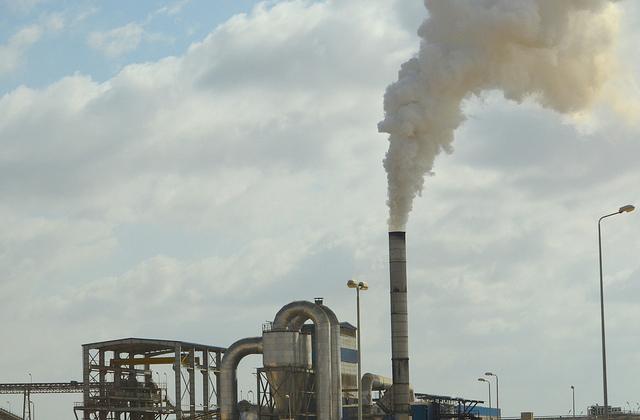American Lung Association’s annual ‘State of the Air’ report found particle pollution decreased nationwide, but high temperature and pollution “drift” contributed to worse ozone pollution levels in many parts of the country.
Particle pollution, the tiny droplets of liquids and solids emitted from coal-fired power plants, diesel emissions and wildfires — which can lodge deep in a person’s lungs — decreased in Wisconsin and nationwide, according to the report. Nine upper midwest cities, including Green Bay and Milwaukee, reduced their particle pollution levels to their lowest ever, while the Eau Claire/Menomonie and La Crosse/Onalaska areas had perfect records for both particle pollution and ozone levels.
Of the four southwestern counties in Wisconsin surveyed, all passed particle pollution standards, with Dane and Dodge counties scoring B’s and Grant and Sauk counties scoring A’s.
But ozone levels, the mixture of gases found both in the atmosphere and on the ground, worsened in 2018, according to the report. As climate change drives temperatures upwards, the ozone becomes more likely to form and harder to clean up, threatening the health of everyone — especially those with compromised or developing lungs.
Spokesperson for the ALA in Wisconsin Dona Wininsky said in a statement that one main concern with the ozone is the harm it brings to those with weaker lungs, such as children and older adults.
“When older adults or children with asthma breathe ozone-polluted air, too often they end up in the doctor’s office, the hospital or the emergency room,” Wininsky said. “Ozone can even shorten life itself.”
Partly due to historically high temperatures — 2018 was the second hottest year on record in the U.S. — and partly due to air currents causing pollution to “drift” upwards from south of Wisconsin’s border, some southern counties have seen their ozone levels worsen. Of the seven southwestern counties surveyed, only Dane County scored better than a C, with Walworth and Rock counties scoring F’s.
The report detailed how the worst ozone pollution levels in Wisconsin are in the counties bordering Lake Michigan. The federal Environmental Protection Agency has informed Wisconsin that parts of Door, Manitowoc and Sheboygan counties will be designated “non-attainment,” meaning the air quality is worse than the National Ambient Air Quality Standards. But all three counties will likely be classified as marginal, meaning they will likely meet the standard for air quality by the 2020 deadline.
Prenatal exposure to pollutants linked to lower IQ scores in children
In 2017, the Wisconsin legislature passed an act that prohibits the use of the Sheboygan Kohler-Andrea State Park air quality monitor, which consistently records high levels of ozone. While Wininsky said it was understandable that Sheboygan is frustrated with ozone that is primarily not of their making, the state should not remove the monitor.
“It is vitally important to maintain that monitor, as it is the only source of air pollution information for Sheboygan County residents who live and work near the lake,” Wininsky said. “Removing the monitor doesn’t remove the problem – it only ignores it, which isn’t good for anyone’s health. Additionally, the monitor is the only tool Wisconsin has to document how much ozone is actually drifting up from the south.”

















